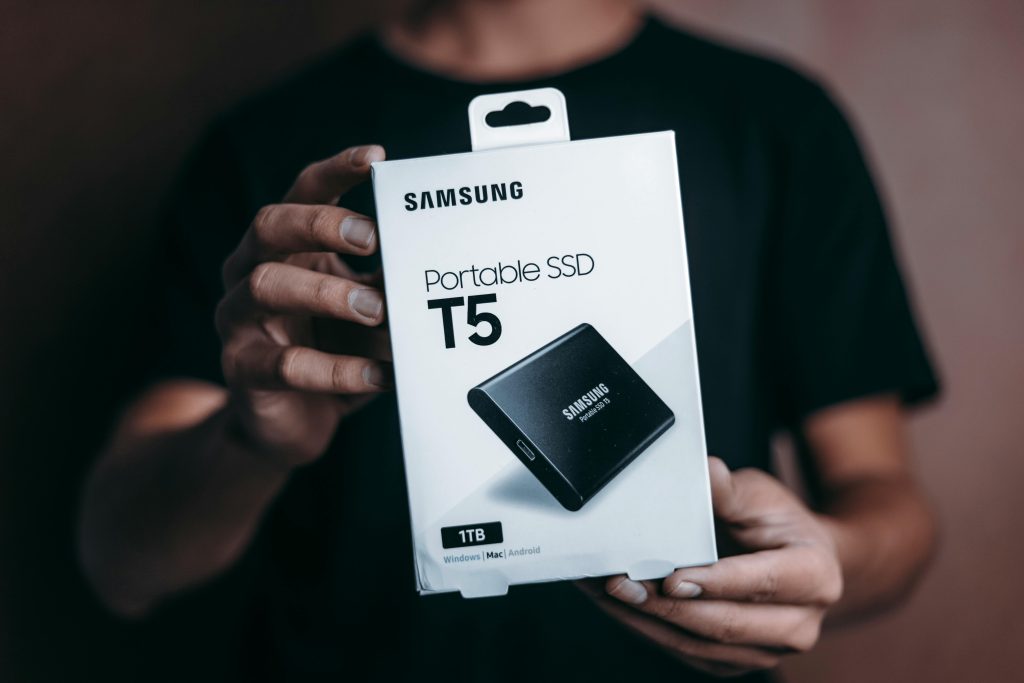Resolving Boot Sequence Issues After Enabling Secure Boot on X570S Aorus Elite AX Motherboard
Upgrading to Windows 11 often requires enabling Secure Boot in your system BIOS, as it is a key security feature mandated by Microsoft. However, users sometimes encounter boot-related challenges after enabling Secure Boot, such as the absence of a boot device in the boot sequence or the system failing to boot altogether. This article provides troubleshooting guidance specifically tailored for users with the X570S Aorus Elite AX motherboard who face such issues.
Understanding the Context
The goal: Transition your PC to Windows 11 by enabling Secure Boot. The process typically involves:
- Disabling Compatibility Support Module (CSM)
- Enabling Secure Boot Mode
These BIOS changes ensure your system firmware complies with Windows 11 requirements. Nonetheless, these modifications can sometimes lead to the system not recognizing bootable devices properly, resulting in a blank or missing boot sequence.
Common Causes
- BIOS settings misconfiguration
- Missing or improperly configured Secure Boot keys
- CD/DVD/USB boot entries not being re-detected after BIOS changes
- Legacy mode being disabled prematurely, affecting device recognition
Step-by-Step Troubleshooting Guide
-
Verify BIOS Settings
-
Access BIOS during system startup (commonly by pressing
DELorF2) - Ensure CSM Support is disabled: this promotes UEFI mode, necessary for Secure Boot
- Confirm Secure Boot is enabled: Set to “Standard” or “Enabled” mode
-
Check boot mode: Should be set to UEFI rather than Legacy
-
Save and Restart
-
Save the changes and restart your system
-
Observe if the system now detects your boot device (SSD/HDD) in the boot options menu
-
Reconfigure Boot Priority
-
Enter BIOS setup again
- Navigate to the “Boot” menu
- Manually add or prioritize your Windows boot device (e.g., EFI partition)
-
Save settings and reboot
-
Check Secure Boot Keys
-
Some motherboards require manually installing or enrolling Secure Boot keys
- Navigate to the “Security” or “Secure Boot” menu
-
Verify the key database or, if necessary, reset Secure Boot keys to default
-
Confirm Bootable Drive Integrity
-
Use a bootable USB or Windows recovery media
- Ensure the drive contains a valid Windows installation with a proper EFI boot loader
- If the drive isn’t detected, consider reconnecting or formatting and reinstalling Windows
Share this content:

